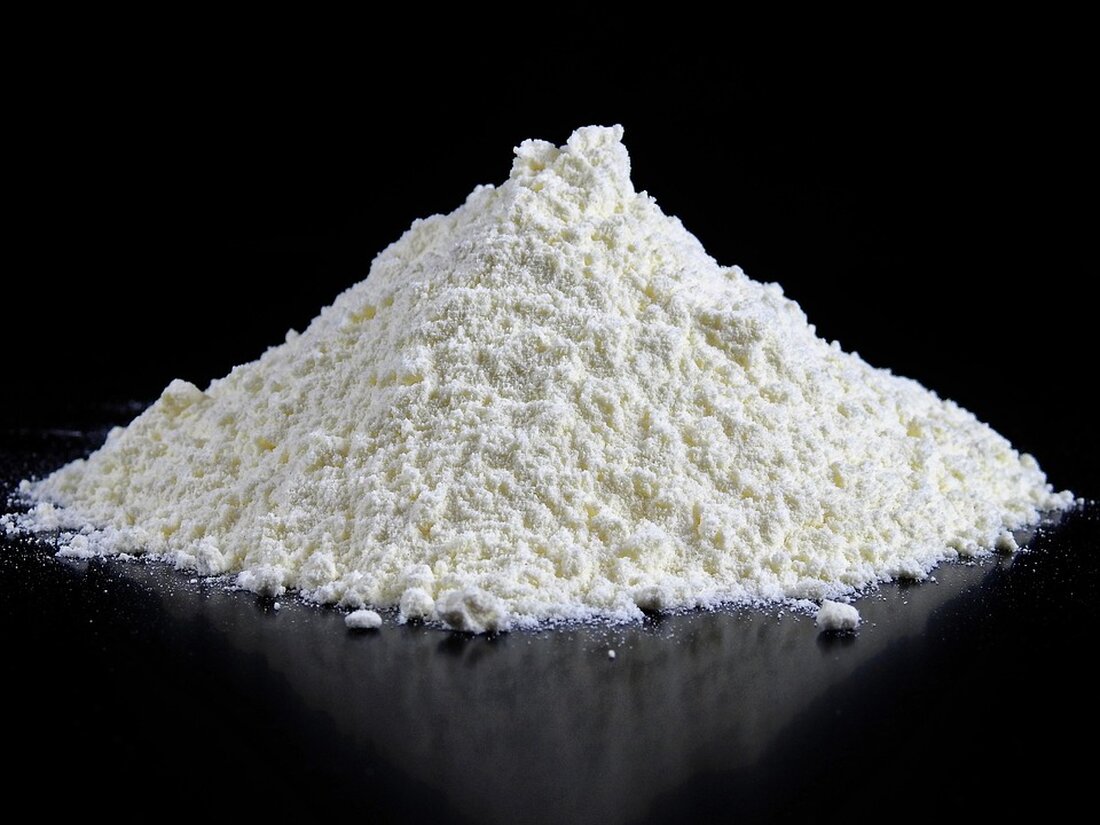Important regions in Ukraine: Trump and Putin meet in Alaska
Trump and Putin meet for a summit in Alaska to discuss the Ukraine conflict and possible territorial negotiations. Which regions are affected? Find out more in our article.

Important regions in Ukraine: Trump and Putin meet in Alaska
The US President Donald Trump and the Russian President Vladimir Putin will meet for a summit in Alaska on Friday. The aim is to end the ongoing war that followed Russia's full-scale invasion in 2022. A possible peace treaty regarding Ukraine would have to include an agreement on territory, as Russia currently occupies almost a fifth of Ukrainian land.
Peace talks and territory
Last Friday, Trump suggested that a ceasefire agreement could include a "swap of territories," but it is still unclear which areas he was referring to. Ukraine has categorically rejected ceding parts of its land, and Russia has also rejected the idea.
On Wednesday, French President Emmanuel Macron said Trump was "very clear" during a call with European leaders: Washington wants to reach a ceasefire and Ukraine's territorial issues cannot be negotiated without President Volodymyr Zelensky.
The current situation in the Donbass region
A proposal that emerged last week and was reportedly presented to U.S. special envoy Steve Witkoff in Moscow would see Ukraine give up the rest of the eastern Donetsk and Luhansk regions, known collectively as Donbas, in exchange for a ceasefire.
However, the situation in Donetsk has quickly deteriorated this week as Russian troops have made significant advances northeast of Dobropilia, changing control of the area that Witkoff has been discussing with the Kremlin. Kyiv has downplayed these advances, describing them as infiltration by small Russian troops, but has sent reinforcements. Other Ukrainian sources in the region paint a bleaker picture, in which months of Russian pressure have created a vulnerability to be exploited.
Challenges of a territorial exchange
It would be politically explosive for Zelensky to order tens of thousands of civilians and soldiers to voluntarily leave the Donetsk region. Many might refuse. The practical aspects of such an effort would be impossible - evacuating tens of thousands of civilians within days or weeks, under a temporary peace deal struck during a Russian summer offensive in which Moscow's forces are gaining ground.
There are few obvious options for Moscow to return. They control small border areas in the north - near Sumy and Kharkiv - that the Kremlin calls "buffer zones" and that are the result of less successful moves aimed at depleting Ukrainian personnel. But these areas are small and, as Ukrainian officials point out, also part of Ukraine, not Russia. Such an “exchange” would therefore not be consensual.
The question of other occupied territories
Some confusion surrounding Witkoff's Kremlin meeting was whether Putin backed away from his maximalist war goals and conceded a potential ceasefire only in exchange for Donetsk. Putin has demanded more and more, and in fact the Russian constitution has perpetuated the false narrative that Ukraine is historically part of Russia by incorporating all four partially occupied regions of Ukraine into its territory.
Moscow holds most of Donetsk and almost all of Luhansk. But it controls only about two-thirds of Kherson and Zaporizhia, some of which were liberated by Russian troops in late 2022.
Would Putin agree to leave the Ukrainian-controlled parts of Kherson and Zaporizhia under Kiev's control? That remains unclear. But Ukraine's ceding of this territory would be another no-go, requiring the handover of large areas of land to Moscow and, in fact, making the entire vibrant city of Zaporizhzhia subject to evacuation or Russian control. Zelensky has also warned that surrendered territory would simply be used as a springboard for further invasions, as happened with the illegally annexed Crimea in 2014, which served as a starting point for the all-out war in 2022.
The option of a ceasefire at the front
Statements from Ukraine's European allies have suggested that the current line of contact could be the starting point for negotiations. This isn't quite a concession, but it's an important change in tone. For years, Europe and Kiev – along with the Biden administration – have said they would never recognize or accept Russian control over occupied parts of Ukraine. But since Trump's return to the White House, they have softened their position and quietly entertained the idea that the front lines could be frozen.
In fact, that would be a good result for Kyiv. While Russian progress in recent days around Dobropilia remains uncertain, the months of incremental progress on the front lines are turning into more strategic gains overall. Putin is clearly playing for time, both during the slow diplomacy of recent months in Istanbul and in Alaska, where the White House recast a summit on an immediate peace deal to avoid harsh sanctions as a gentler "listening exercise."
For Kiev, the best outcome would be if Trump, as he has indicated, makes it clear in the first minutes of the meeting that there does not appear to be a deal and then imposes the secondary sanctions on Moscow's major energy importers - India and China - that he promised to implement last Friday.
But the relationship between Trump and Putin is based on a murky connection that often overshadows the long-term security interests of the United States. Therefore, the outcome of their meeting in Alaska is likely to be rather unfavorable for Ukraine and poses a high risk.
CNN's Nick Paton Walsh reported from Kiev, with graphics from Rachel Wilson and Lou Robinson in London.

 Suche
Suche
